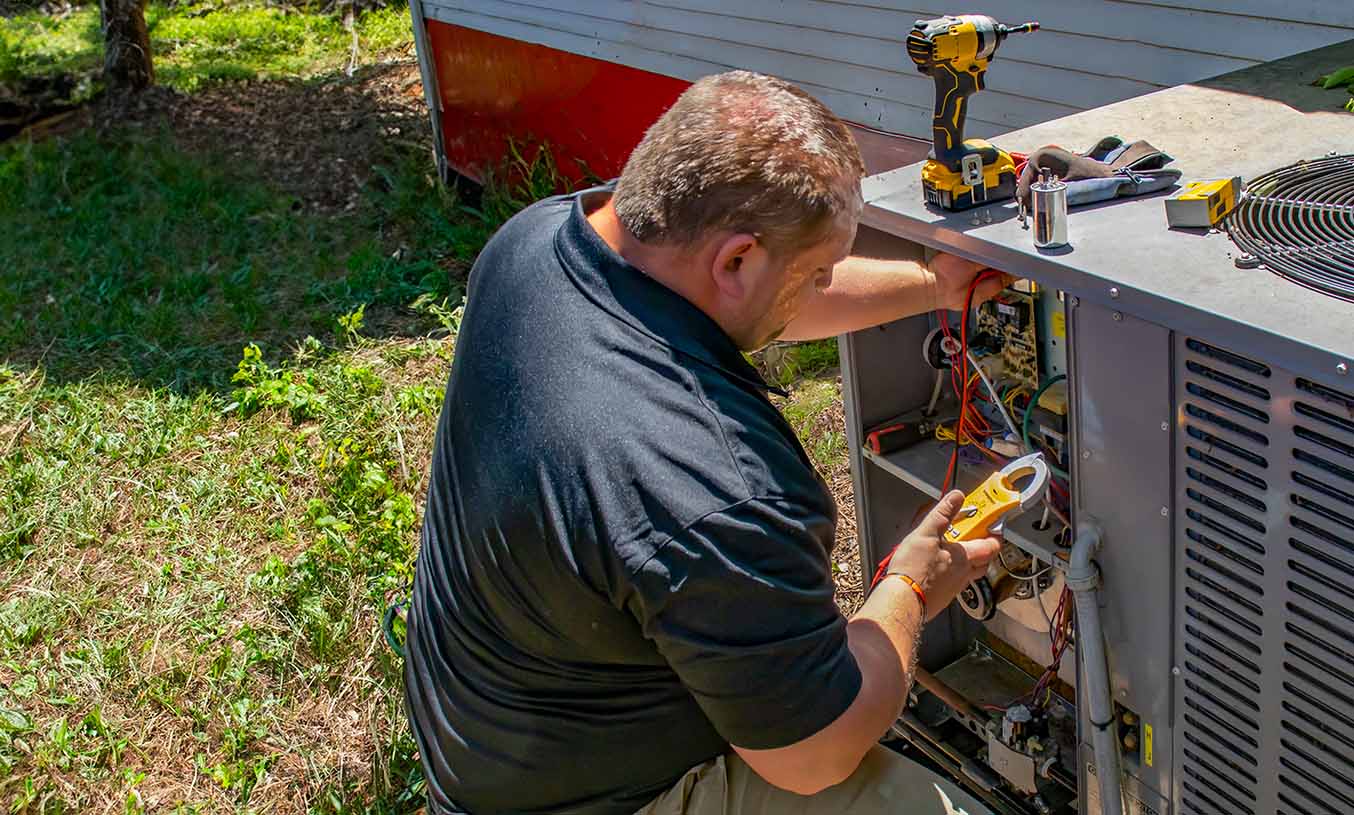- HEP
- Energy-saving Performance

 Energy-saving Performance
Energy-saving Performance
Energy-saving Performance | Air Conditioning | Heating and Air Conditioning | Pioneer
Experience year-round comfort in Pioneer with HEP’s energy-saving performance solutions. Our certified technicians evaluate your home, pairing high-efficiency equipment with smart thermostats to lower utility bills while delivering the crisp, dependable relief of air conditioning. From whisper-quiet variable-speed compressors to eco-friendly refrigerants, every installation is tailored to keep your family cool and your carbon footprint light.
When the summer sun hits its peak, count on HEP’s 24/7 support, transparent pricing, and rock-solid guarantees. Whether you need a rapid repair, preventative tune-up, or full system upgrade, we make the process seamless—backed by decades of local expertise and industry-leading warranties. Choose HEP and discover how cutting-edge air conditioning can put comfort and savings on the same page.
FAQs
What makes an energy-saving performance air conditioner different from a standard unit?
High-efficiency models use advanced compressor technology (such as variable-speed or inverter compressors), larger heat-exchange coils, and eco-friendly refrigerants to move heat with less electrical input. They are rated 16–26 SEER2 instead of the older 13–14 SEER units, meaning they deliver the same cooling with up to 40 % less energy. Many also include smart logic boards that adjust output to match the exact cooling load, eliminating the wasteful start/stop cycling common in conventional systems.
How much can I save on my electricity bill by upgrading to a high-efficiency AC system?
Savings depend on the efficiency of your existing equipment, your home’s insulation, and how often the system runs. In Pioneer’s hot summer climate, homeowners who replace a 10-year-old 10–12 SEER unit with a new 18–20 SEER2 system typically see 30–45 % lower cooling costs. For an average 2,000-sq-ft home that spends about $150 per month on summer electricity, that’s $45–$70 in monthly savings—or $500–$800 each cooling season.
Are there rebates or incentives available in Pioneer for installing energy-efficient HVAC equipment?
Yes. Customers served by PG&E can receive rebates of $150–$200 per ton for ENERGY STAR® central air conditioners that meet Tier-2 efficiency levels. Federal tax credits under the Inflation Reduction Act provide up to 30 % of equipment and installation costs, capped at $600 for qualifying ACs and $2,000 for heat pumps. The California TECH Clean California program may also add incentives when heat pumps replace gas or propane equipment. We handle all paperwork and will apply the rebates to your final invoice whenever possible.
How often should an energy-efficient AC be serviced to maintain peak performance?
Even the most advanced system loses efficiency without regular maintenance. Schedule professional service every spring to clean coils, confirm refrigerant charge, calibrate sensors, and inspect the blower and condensate drain. Replace or wash filters at least every 60–90 days (monthly during heavy use). A tuned, clean system can recover 5–15 % of lost efficiency, extend equipment life, and protect your warranty.
Can pairing my new AC with a smart thermostat further improve energy savings?
Absolutely. Wi-Fi or learning thermostats optimize run times by using occupancy sensors, daily schedules, and local weather data. They can stage or modulate compatible inverter ACs, allow remote temperature adjustments, and generate energy-use reports. Studies by ENERGY STAR show an additional 8–12 % cooling energy reduction when smart thermostats replace manual or basic programmable models. We install and program the thermostat during the AC upgrade and teach you how to use the mobile app.
What size energy-efficient air conditioner do I need for my home in Pioneer?
Proper sizing is crucial: an oversized unit short-cycles and wastes energy; an undersized unit runs constantly and can’t de-humidify. We perform a Manual J load calculation that factors Pioneer’s 95 °F design temperature, your home’s square footage, insulation R-values, window orientation, shading, and airtightness. Most modern 2,000-sq-ft homes require 2.5–3 tons of cooling capacity, but we verify this mathematically before recommending equipment. A correctly sized, variable-speed system will cool more quietly and use the least electricity over its lifespan.